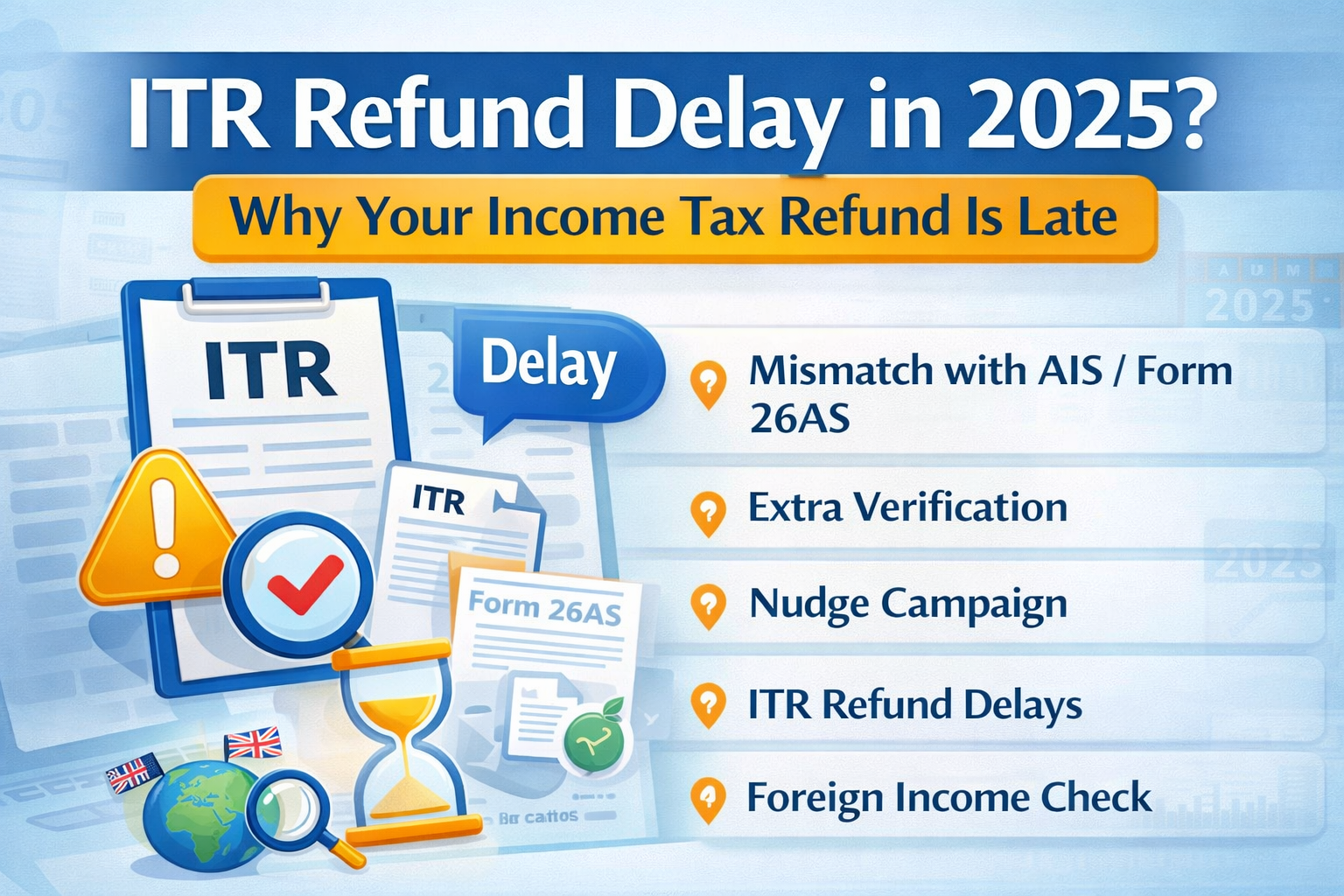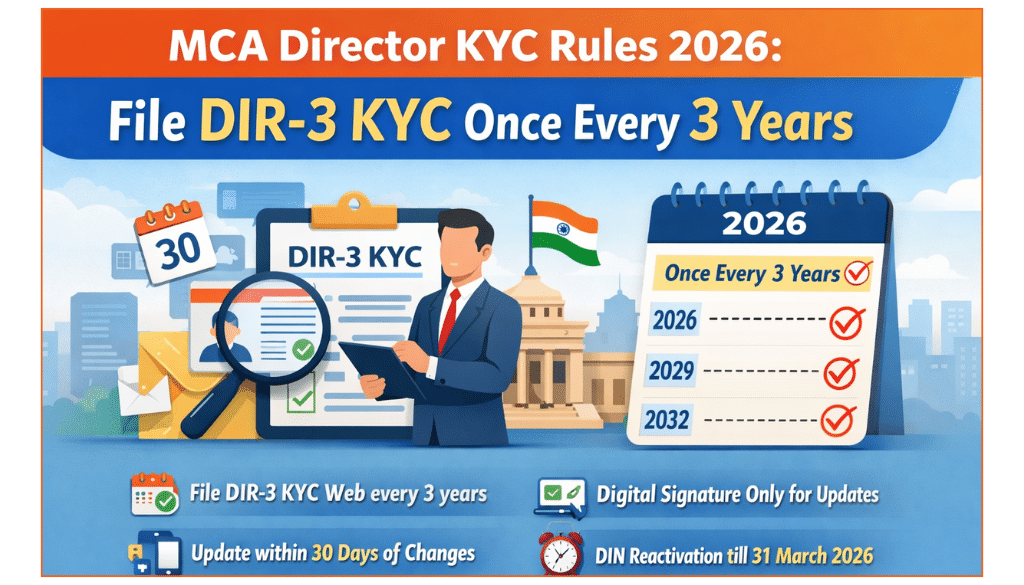Table of Contents
ToggleFixed Assets: The Foundation of Financial Discipline
Fixed assets are long-term resources that generate economic value for businesses. In India, they typically include:
Plant & machinery
Land and buildings
Furniture and fixtures
Computers and servers
Vehicles
These assets are not sold during normal business operations. Instead, they support growth and expansion and are often a significant part of the balance sheet.
Tangible vs. Intangible Assets in Indian Context
Tangible Assets like land and equipment are physically measurable.
Intangible Assets such as software licenses or trademarks also hold value but lack physical form.
In Indian compliance, both must be reported accurately—especially when claiming depreciation under Income Tax or ITC under GST.
Depreciation and Asset Lifecycle under Indian Accounting Standards
Under the Companies Act, 2013, Schedule II defines useful lives of assets. Meanwhile, the Income Tax Act, 1961, allows depreciation under Section 32 using block-wise classification.
Failing to track depreciation correctly can lead to:
Overstated profits
Underutilized tax deductions
Audit red flags
What is Fixed Assets File?
A fixed assets file is a structured document that tracks all business-owned capital goods. It includes essential metadata such as:
Asset type and category
Purchase cost and GST invoice
Useful life
Location and user
Depreciation applied
ITC eligibility (under GST)
It serves as proof of existence, usage, and value.
Essential Components of a Fixed Assets Register
A robust fixed assets register in India should include:
Asset ID and tag
GST invoice number and vendor GSTIN
Date of acquisition and installation
Original cost and GST paid
Input Tax Credit claimed (if any)
Depreciation as per Companies Act and Income Tax Act
Manual vs. Digital Recordkeeping in India
| Criteria | Manual (Ledger/Excel) | Digital (Tally, Zoho, QuickBooks) |
|---|---|---|
| Cost | Low | Moderate |
| Accuracy | Error-prone | Highly accurate |
| ITC Mapping | Difficult | Automated |
| Tax Reporting | Manual calculations | System-generated reports |
| Audit Readiness | Time-consuming | Instant access |
Digital solutions are preferred as they integrate with GST returns and accounting software.
Benefits Beyond Audit: Strategic Reasons to Maintain a Fixed Assets File
While auditors appreciate organized records, the real value lies in regulatory, financial, and operational efficiency.
GST Compliance and Input Tax Credit (ITC)
Under Section 16 of CGST Act, 2017, capital goods used for business purposes are eligible for ITC. However, to claim it:
The invoice must be available
The asset must be capitalized
ITC should be recorded in GSTR-3B
Without a fixed assets file, matching GST invoices to assets becomes error-prone. Result? Denial of credit and increased tax liability.
Income Tax Depreciation Under Section 32
Businesses can reduce taxable income by claiming depreciation on capital assets. But:
Assets not recorded = depreciation not allowed
Partial usage = prorated depreciation
Block of assets approach = needs proper grouping
A well-maintained fixed assets file ensures you don’t leave money on the table or attract disallowance during tax assessments.
Accurate ROC Filings and Financial Disclosures
Under the Companies Act, firms must file:
Annual returns (AOC-4, MGT-7)
CARO report (if applicable)
These forms require accurate fixed asset details. Poor records can result in MCA penalties or qualification in auditor reports.
Why Indian Startups and MSMEs Must Take This Seriously
MSMEs often ignore asset registers, believing they’re only for large firms. But:
GST and Income Tax departments are increasing digital scrutiny
TDS mismatches and ITC claims are now cross-verified with software
Insufficient documentation can delay funding or insurance claims
Avoiding Tax Notices and Penalties
No fixed assets file = no clarity = higher scrutiny. Common issues include:
Wrong ITC claims on personal-use items
Overclaimed depreciation on fully written-off assets
Non-compliance with Section 44AB audit requirements
Maintaining a proper file is not just good practice—it’s legal protection.
Supporting Asset Insurance and Valuations
Insurance companies and banks often request:
List of insurable assets
Current value (after depreciation)
Purchase proof (invoice)
If your asset records are scattered, these opportunities become painful.
Mistakes Indian Businesses Make With Asset Tracking
Recording only purchase date, not installation date (which matters for depreciation start)
Ignoring GST applicability on second-hand purchases
Using inconsistent asset codes across departments
No linkage between books of accounts and ITC claimed
Best Practices for Indian Companies to Maintain an Asset File
Use accounting software integrated with GST modules
Tag assets physically (QR/barcode)
Schedule quarterly reviews
Keep soft copies of GST invoices for audits
Consult your Chartered Accountant for ITC and depreciation nuances
Using Tally, QuickBooks India, and Other Tools
These tools help automate:
GST-eligible vs. non-eligible capital purchases
Asset-wise depreciation reports
ROC schedules and asset write-offs
Export-ready audit trails
Case Study: GST Credit Denial Due to Missing Fixed Asset Record
A Delhi-based engineering startup purchased ₹10 lakh worth of machinery in FY 2023–24. Due to internal delays, the assets were not capitalized, and no fixed asset register existed. When GST audit occurred, ITC of ₹1.8 lakh was disallowed because:
No linkage to GSTR-2B
Asset not booked in books
Invoice not uploaded in fixed assets file
A simple register would have saved this entire mess.
Frequently Asked Questions (FAQs)
While not explicitly mandatory, it is essential for ROC filings, Income Tax depreciation, and GST input claims.
Technically yes, but you’ll need to prove usage and capitalization. Without a file, proving eligibility is difficult.
Companies Act uses useful life; Income Tax uses block-wise % methods.
A well-structured fixed assets file can cater to all three with minor customization.
Tally Prime, Zoho Books, Marg ERP, and QuickBooks India are excellent options.
Yes, if the lease is treated as a capital lease and used for business.









